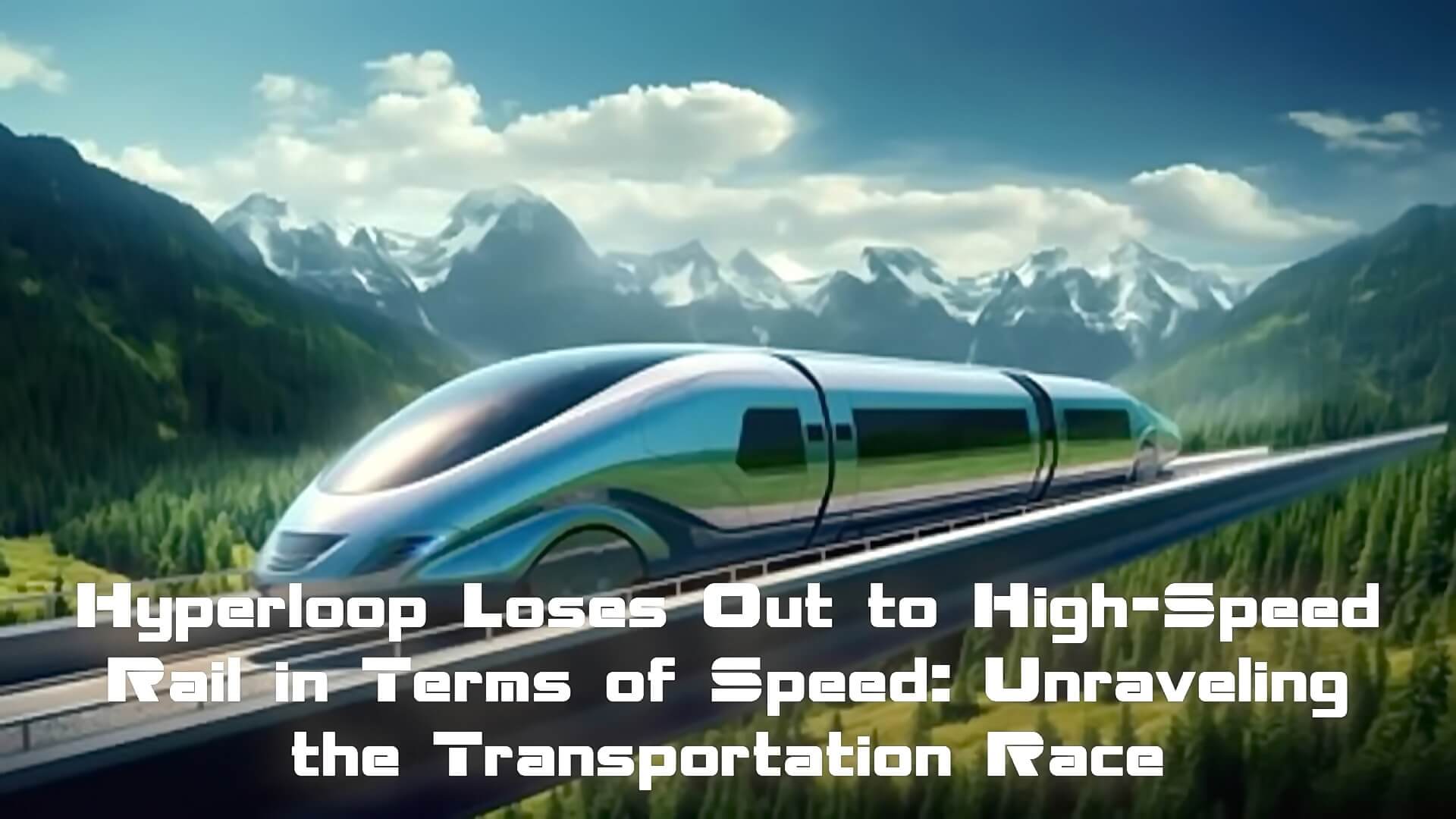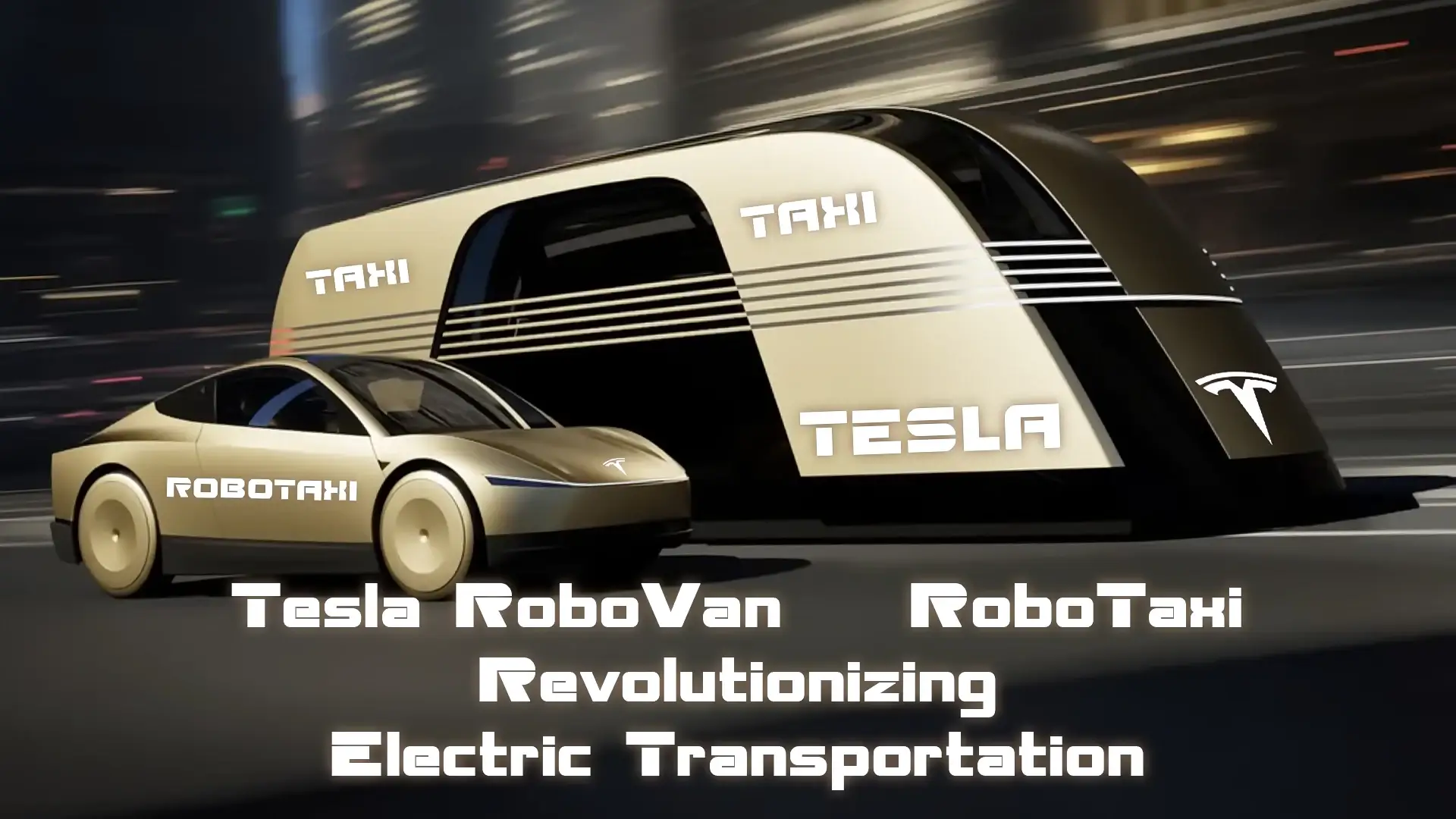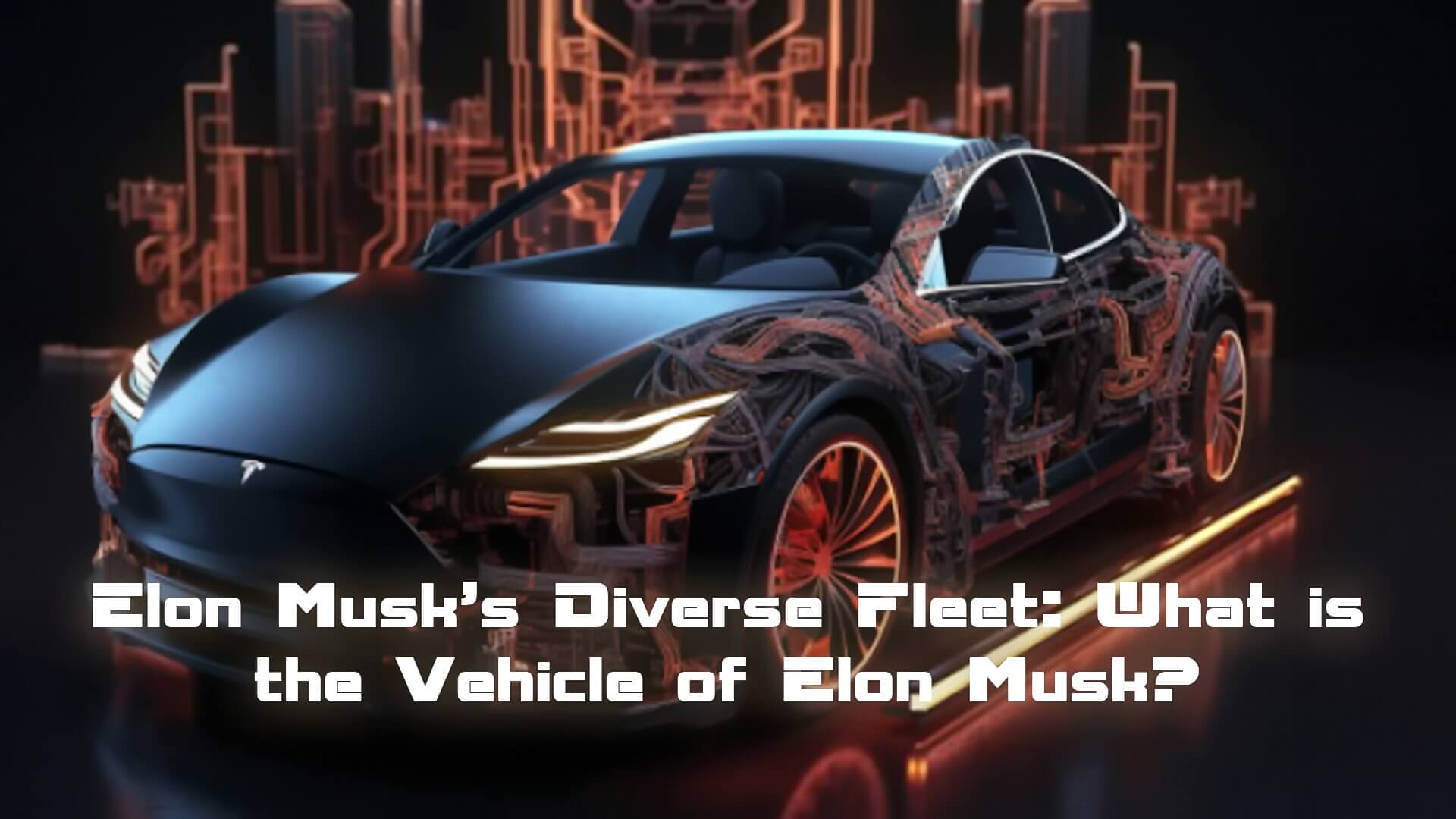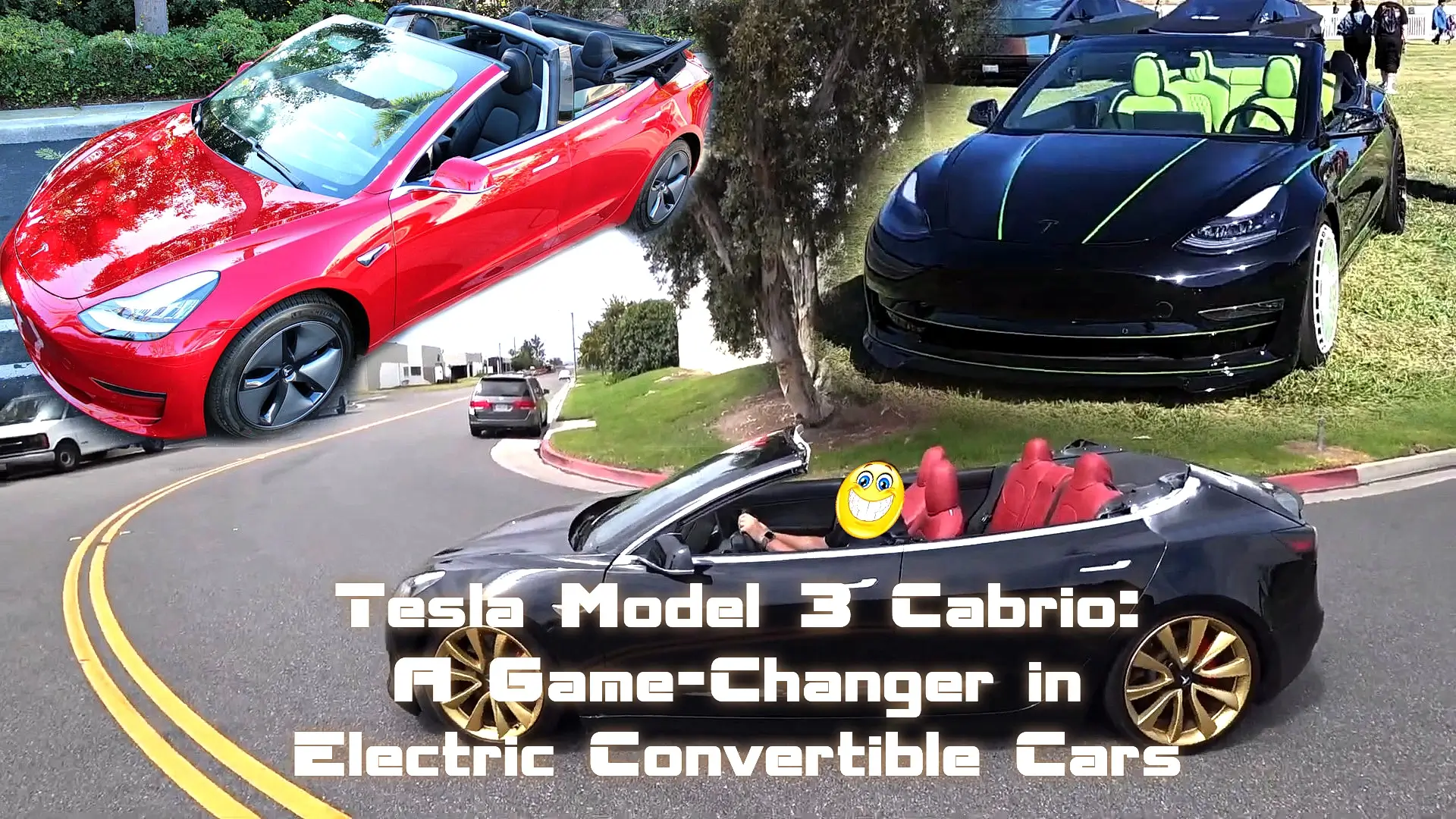In the dynamic landscape of transportation innovation, the competition between emerging technologies has been fierce, with Hyperloop and high-speed rail emerging as two prominent contenders. While both promise to revolutionize travel, recent developments suggest that Hyperloop may be losing the speed race to its more established counterpart, high-speed rail. This article explores the reasons behind Hyperloop’s struggle to surpass high-speed rail in terms of speed, examining the technological hurdles, practical challenges, and the current state of both transportation systems.
The Rise of Hyperloop: A Vision of Futuristic Speed
Hyperloop, conceptualized by Elon Musk in 2013, was envisioned as a revolutionary mode of transportation that would propel passenger pods through low-pressure tubes at near-supersonic speeds. The initial excitement surrounding Hyperloop centered on its potential to cut travel times drastically, promising to transport people between major cities in record time. However, as the years passed, the challenges associated with turning this vision into reality became increasingly apparent.
Technological Hurdles: The Achilles Heel of Hyperloop
One of the primary obstacles faced by Hyperloop is the immense technological complexity inherent in its design. The system relies on a combination of magnetic levitation and low-pressure environments to minimize air resistance, allowing pods to achieve unprecedented speeds. However, the practical implementation of these technologies has proven to be far more challenging than initially anticipated.
High-speed rail, on the other hand, has already established itself as a reliable and efficient means of transportation. Utilizing proven technologies such as electrified tracks, high-speed trains have been successfully operating in various parts of the world for decades. The simplicity of high-speed rail technology has contributed to its widespread adoption and operational success.
Practical Challenges: Real-world Implications for Hyperloop
In addition to the technological hurdles, Hyperloop faces practical challenges that further hinder its speed superiority. The construction of elevated or underground tubes spanning hundreds of kilometers presents logistical challenges and substantial costs. The acquisition of land, navigating regulatory frameworks, and addressing safety concerns are formidable obstacles that continue to impede Hyperloop’s progress.
High-speed rail, by contrast, benefits from existing rail infrastructure in many regions. The expansion and improvement of high-speed rail networks can often be achieved with relatively lower costs and fewer regulatory hurdles compared to the ambitious infrastructure requirements of Hyperloop.

The Reality Check: Current State of Hyperloop vs. High-Speed Rail
While Hyperloop remains in the experimental and prototype phase, high-speed rail has proven its viability through operational success in various countries. China, Japan, and several European nations boast extensive high-speed rail networks that efficiently connect major cities. The proven track record of high-speed rail in transporting millions of passengers annually stands in stark contrast to Hyperloop’s limited progress.
Hyperloop projects have faced delays, budget overruns, and, in some cases, outright cancellations. The ambitious timelines initially set for the implementation of Hyperloop technology have proven unrealistic, highlighting the significant gaps between the vision and the practical challenges of execution.
Lessons from High-Speed Rail: A Model of Reliability
High-speed rail’s success lies in its incremental development and continuous improvement over the years. Unlike Hyperloop, which seeks to revolutionize transportation with a single leap, high-speed rail has evolved organically, benefiting from lessons learned and adapting to changing needs. The reliability and safety of high-speed rail systems have built public trust and facilitated their integration into established transportation networks.
The Future Outlook: Balancing Innovation and Realism
As the transportation industry evolves, finding the right balance between innovation and realism becomes crucial. While Hyperloop captures the imagination with its futuristic vision, the practical challenges it faces, both technically and logistically, underscore the importance of incremental progress. High-speed rail, with its proven track record, serves as a reminder that sometimes the most effective solutions are those that build upon existing foundations.
And so
Hyperloop’s ambition to outpace high-speed rail in terms of speed has encountered formidable challenges, both technological and practical. While the vision of rapid pod travel through low-pressure tubes continues to capture the imagination, the reality of implementing such a system on a large scale remains elusive. High-speed rail, with its reliability and proven technology, maintains its lead in the transportation race, emphasizing the importance of practicality and incremental progress in reshaping the future of travel.



